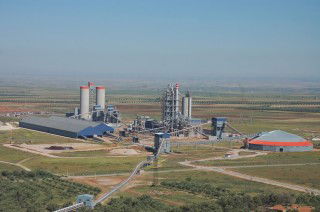Libya has witnessed considerable upheaval in the past few years but now, at the end of 2012, the country is emerging from the debris and is preparing for extensive reconstruction activity. However, the local cement industry will need to carry out massive expansion to its production base or face being flooded by imports. By Mohamed Douas, El-Kafaa Co, Libya.
The 2008 economic crisis and the subsequent credit crunch severely impacted the global construction industry, particularly the cement sector throughout the western world (eg USA, Spain and Greece). As demand fell over the past four years, budgets were slashed, production lines shut down, workforces reduced and, in many cases, investments frozen.
In addition, the political and social upheaval brought about by the Arab Spring, including the Libyan revolution and the continuing issues in Syria, negatively impact cement exports, creating difficulties especially for southern European producers such as Titan and Lafarge Greece and some Turkish export-led cement plants.
However, as peace returns to Libya, the country resumes its position, along with Algeria, as one of the Mediterranean’s most important and active import markets.
